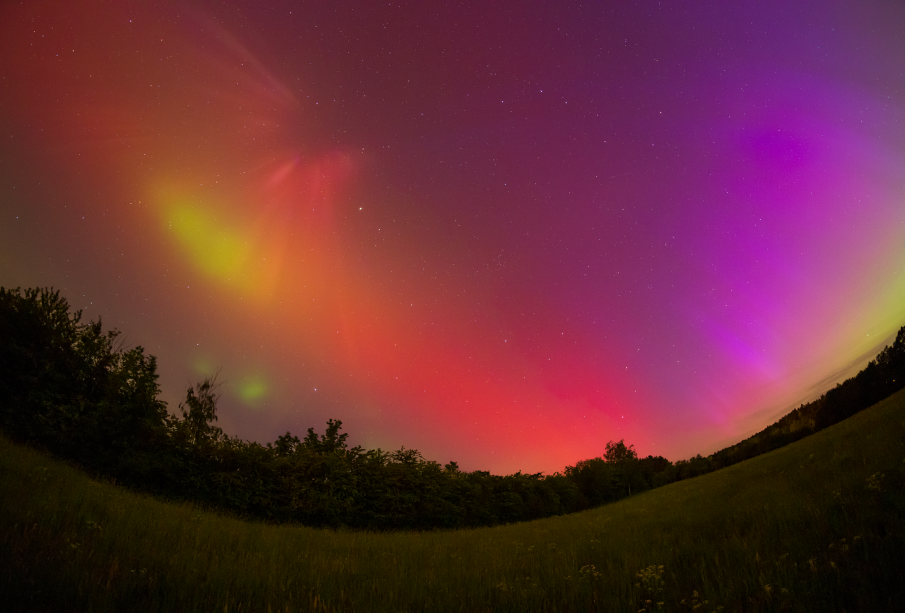Understanding the Aurora Borealis: Nature’s Light Show

Introduction to the Aurora Borealis
The Aurora Borealis, commonly known as the Northern Lights, is a spectacular natural display that captivates millions of people each year. Visible primarily in high-latitude regions near the Arctic and Antarctic, this phenomenon is not only a stunning visual experience but also an important subject of scientific research. With increasing interest in ecological and astronomical events, understanding the Aurora Borealis has become increasingly relevant for both tourists and scientists alike.
What Causes the Aurora Borealis?
The Aurora Borealis is caused by the interaction between solar winds and the Earth’s magnetic field. When charged particles from the sun collide with gas molecules in the Earth’s atmosphere, they release energy in the form of light. This phenomenon typically occurs at high altitudes and is most commonly seen in shades of green, pink, red, yellow, blue, and violet, depending on the type of gas involved and its altitude.
Recent Sightings and Reports
Recent reports indicate that the Aurora Borealis has been particularly active this year, drawing visitors to places like Yellowknife in Canada and Norway’s Tromsø. According to data from the NOAA (National Oceanic and Atmospheric Administration), heightened solar activity has increased the frequency of auroral displays. Many observers have documented breathtaking images of the lights across social media platforms, showcasing breathtaking greens and reds illuminating the night sky.
Tourism Impact
As a result of increased visibility, the tourism industry in regions known for Aurora Borealis sightings is experiencing a significant boost. Local businesses are benefiting as travelers flock not only for a chance to witness this phenomenon but also to engage in related activities such as dog sledding and ice fishing. Destinations such as Fairbanks in Alaska and parts of Iceland are seeing a rise in bookings, with travel packages tailored specifically for aurora chasers.
Conclusion and Future Observations
The Aurora Borealis serves as a reminder of nature’s beauty and power. As climate patterns and solar activities change, ongoing research into the Northern Lights is crucial for understanding both the Earth’s magnetic field and the effects of solar weather. For travelers, witnessing the Aurora is often described as a bucket-list experience, and with continued activity expected, more opportunities to view this incredible natural light show will abound in the coming months. Keeping an eye on solar activity forecasts may provide the perfect chance for those wishing to experience the enchantment of the Northern Lights. This unique wonder, deeply rooted in both natural beauty and scientific intrigue, invites all to look up and admire the skies.








